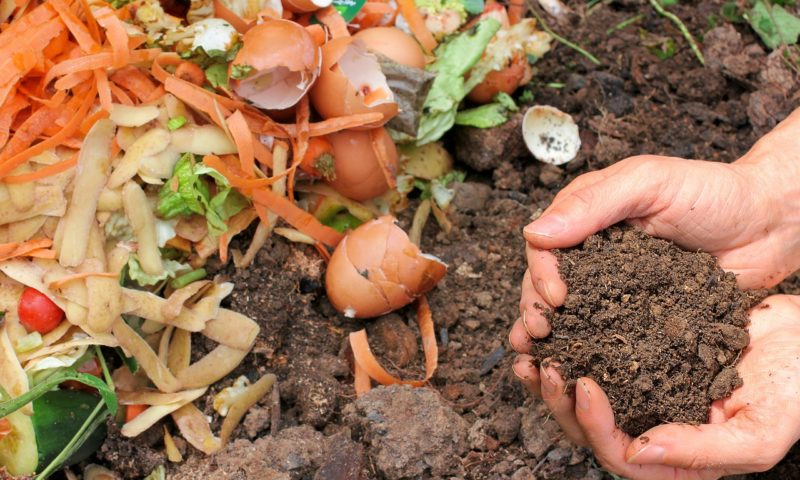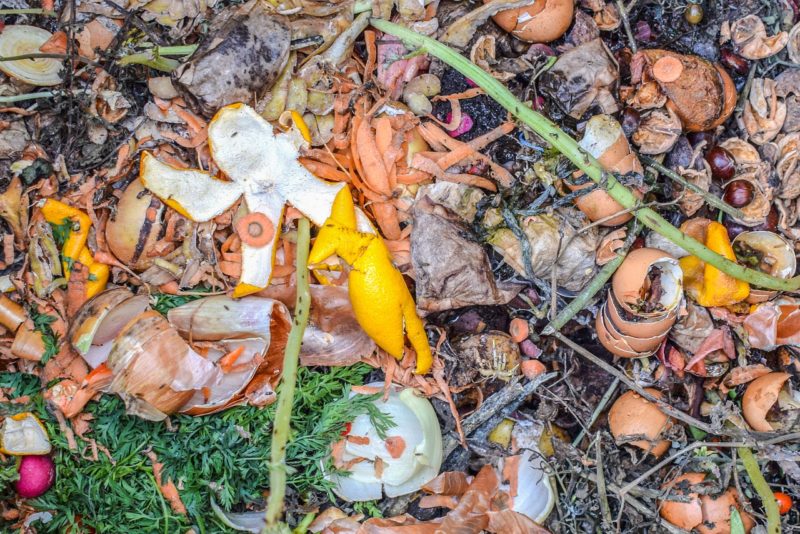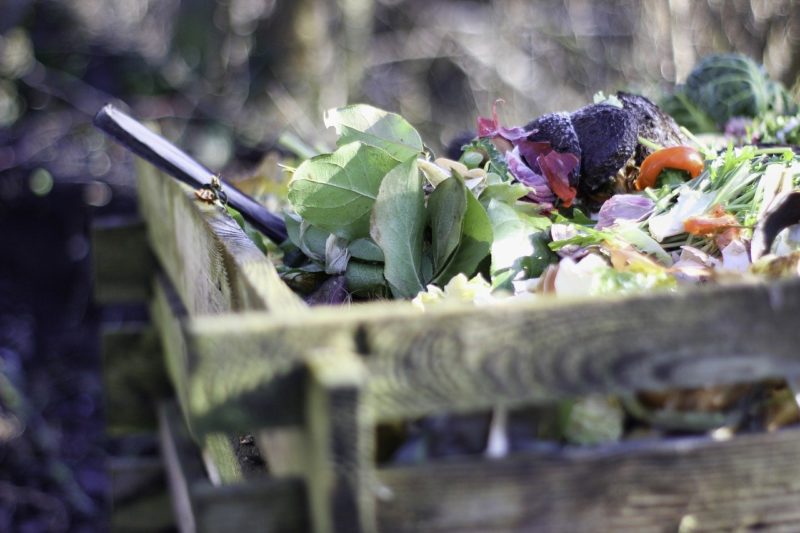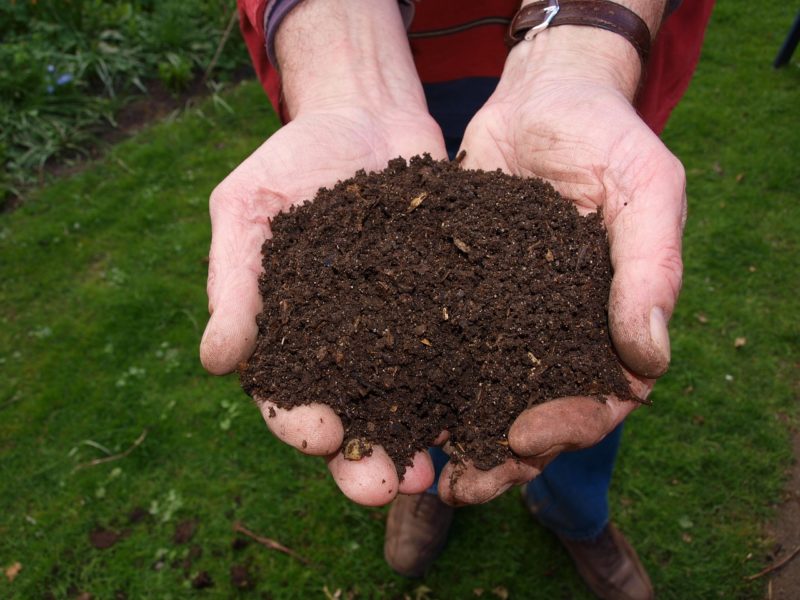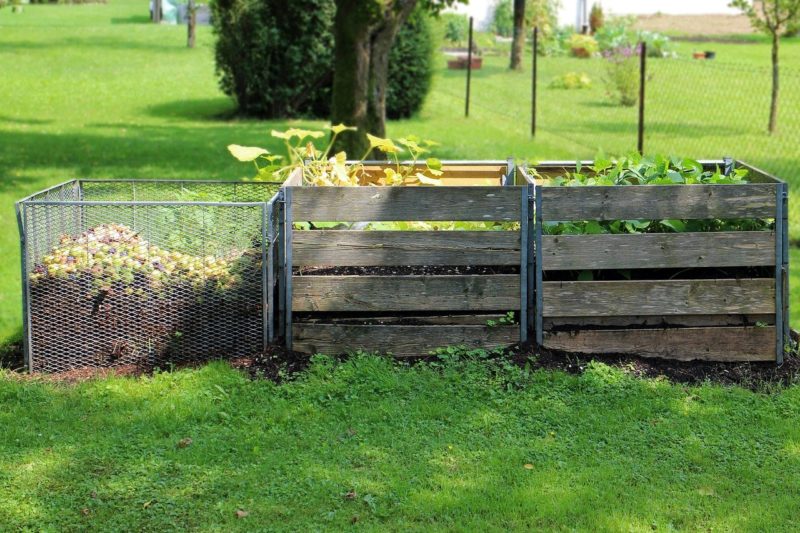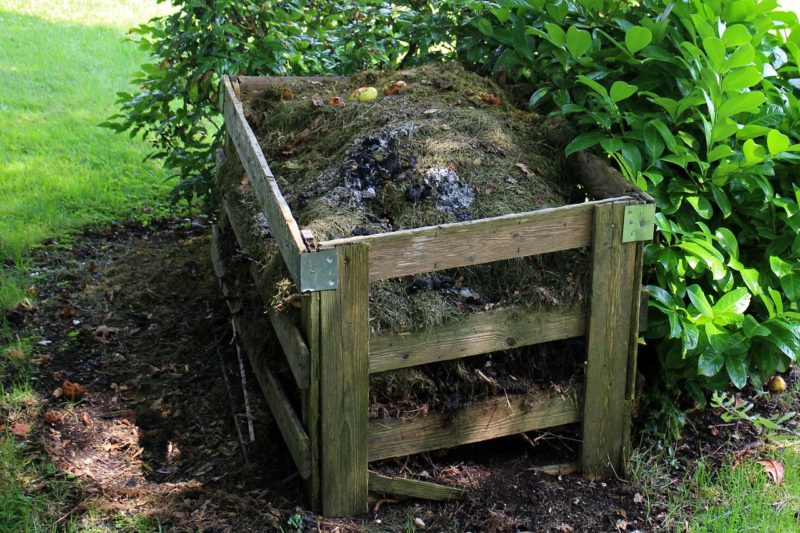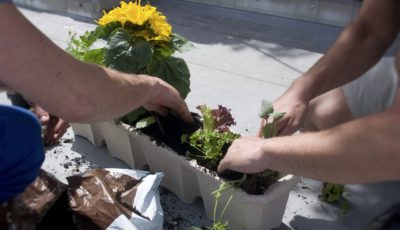Lasagna Gardening – The DIY Guide
Also known as sheet composting, lasagna-style gardening is a method of growing vegetables in raised beds. This distinctive landscaping technique involves adding several layers of organic material that decompose and enhance the composition and quality of soil over time. It is also good for the environment because you are turning organic waste into a nutrient-rich fertilizer to prepare the soil for planting.
Step-by-Step Guide
To build your lasagna garden, you need to first collect materials to build the layers. The two types of alternating layers are carbon, consisting of brown materials, and nitrogen, for which you need a mix of green materials. The carbon layer is made of materials like cardboard and newspaper. You also have a nitrogen layer which consists of ingredients like grass clippings and kitchen scraps.
The next step is to choose a site, fill in holes, level out any bumps, and remove stones. Make sure there is a water source nearby. Use timber and stones to create raised sides for the frame of your garden beds. First add a layer of cardboard or newspaper on the bottom of your beds and then continue alternating nitrogen and carbon layers. Once you’ve laid down all the layers and your bed is full, plant a cover crop which can be rye, crimson clover, or any other crop that overwinters well. Put your garden to sleep until spring time. When spring arrives, dig down into the beds, plant your garden, and water deeply so that water soaks down at least 8 inches.
Ingredients for Your Garden Beds
Any of these carbon (brown) and nitrogen (green) ingredients can go in your layers.
Brown materials:
- Small twigs
- Shredded newspaper
- Cardboard
- Straw and hay
- Pine needles
- Junk mail
Green materials:
- Composed manure
- Fresh grass clippings
- Compost
- Tea bags
- Used coffee grounds
- Food scraps like eggs shells and old fruits and vegetables
- Seaweed
Finished compost is a great addition to your lasagna garden because it enriches the soil, stimulates the growth of beneficial fungi and bacteria, and suppresses pests and disease-causing agents. Almost any organic material is suitable for composting, including finely chopped bark chips, dry leaves, plant clippings, and vegetable and fruit scraps.
While there is a wide choice of materials to use in lasagna composting, there are also plenty of materials that you should not, including meat scraps, diseased plants, and fat-based condiments. Also avoid:
- Fat-based condiments
- Dairy products
- Cooking oil
- Bread
- Glossy and heavily coated paper
- Lawn and plant trimmings treated with chemicals
- Large branches
- Inorganic materials such as rubber, acrylic, plastic, and polyester
- Manure from sick animals
- Dead animals
- Coal ash
The Benefits
Lasagna composting is an effective, time-saving, and simple technique for increasing soil permeability, managing weeds without pesticides and herbicides, encouraging favorable microbial growth, and improving soil health. Sheet mulching also reduces maintenance and labor costs, improve nutrient retention, and helps convert your back yard or lawn into a lush garden.
Encourages Microbial Growth
Lasagna composting enhances the biodiversity of microorganisms in soil and thus improves plant performance. Fungi and bacteria perform many important ecosystem functions such as recycling water, decomposing organic residue, and converting energy in soil into organic matter. Microorganisms improve soil aggregation and structure, improve water infiltration, and provide large qualities of nitrogen to plants.
Reduces the Need for Commercial Fertilizers
The use of commercial-grade fertilizers contributes to changes in the Earth’s biochemical cycles though mechanisms such as water quality and soil degradation and greenhouse gas emissions. While they help increase plant growth, chemical fertilizers cause mineral depletion, acidification of the soil, and chemical burn to crops. They also strengthen pests, destroy beneficial microorganisms, and release excessive nitrogen that kills fish in neighboring bodies of water.
Lasagna composting reduces the need for commercial fertilizers by enhancing soil structure. Composting enriches the soil by adding valuable nutrients such as potassium, nitrogen, and phosphorus. The mix of ingredients not only provides nutrients but increases soil’s water and mineral holding capacity and supports the soil microbial community.
Reduces the Need for Irrigation
With population aging and growth, water is increasingly becoming a scarce resource. That is why it is important to think about how much water crops need as to minimize our collective impact. Lasagna composting helps improve soil water retention, reduces moisture loss, and creates healthies crops that require less watering.
Builds Healthy, Nontoxic Soils
Lasagna gardening is an inexpensive and easy way to return toxic soils to health. Organic compost reduces the absorption of heavy metals such as cadmium and lead, supports the breakdown of toxins in soil, and dilutes toxic compounds (Edible Landscape Creations).
Reduce Household Waste
Organic waste processing is costly despite the fact that four waste treatment technologies are available (anaerobic digestion, composting, landfilling, and direct combustion). It is costly even when it is done via your municipal yard trimmings collection program. Lasagna composting at home allows you to turn organic waste into something useful and valuable. You are saving tax money and resources for both yourself and your municipality.
Final Words
Composting is a century-old technique that is utilized on a variety of levels, from the industrial to home. The finished compost is a beneficial resource with a number of silvicultural, horticultural, and agricultural applications.
The benefits of composting are plenty. Compost protects bare soil from extreme temperatures, frost heaving, and freezing. This temperature moderating effect is important in cold weather and in arctic and alpine regions. Compost also captures and retains rainfall, protects the soil’s water reserves, and reduces the need for irrigation. Additionally, mulch protects the soil from erosion, water, and wind which cause root stress and affect plant health.
Lasagna-style composting contributes to increased soil nutrition and fertility. As organic materials decompose, they become available for microbial and fungal use and root uptake. Finally, mulch supports seed germination and seedling emergence and contributes to better overall plant performance and health with minimum chemical application, effort, and maintenance.


